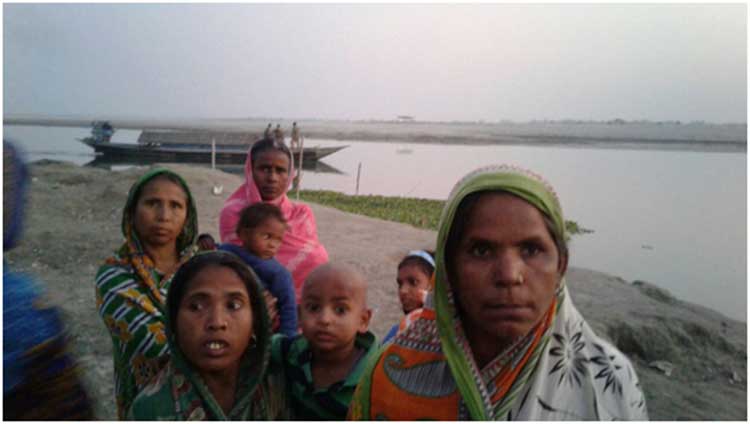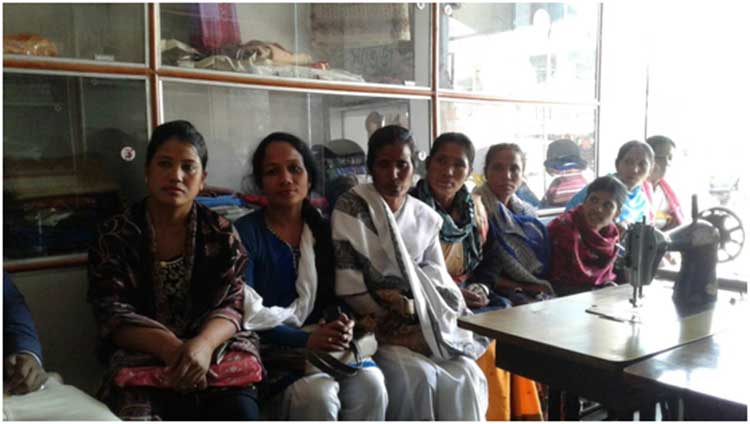Aidan O’Brien
You may have missed it but Ireland’s gay icon kicked the prospect of world peace in the balls recently. Last December 6, Leo Varadkar – the Irish leader – argued for Ireland to be a member of the incipient army that’s beating within the heart of the European Union.
And so the Irish parliament – convinced by Varadkar’s gay blarney – voted yes to Ireland becoming a part of the EU’s Permanent Structured Cooperation “on defence” (PESCO). “Structured” being apparently the European code-word for “military”.
Ireland’s very conscious LGBT crowd however didn’t get it or didn’t want to get it. And why should they? Now that they have their piece of bourgeois respectability in their pocket (the marriage certificate) – why should they care about world peace? Why should they object to their hero leading Ireland into present and future wars? We can only conclude that the LGBT lifestyle – in Ireland at least – is now a firm part of the structure.
And the structure is imperialism – the western kind – the never ending, “permanently structured” kind. The western war against the world – for economic gain – that has lasted for centuries and which destroyed Ireland – now has Ireland’s backing. It now has a fig leaf shaped like a shamrock and colored like a rainbow.
Varadkar didn’t phrase it like this. In his deceitful words: “a Europe worth building is a Europe worth defending”. And in doublespeak Orwell would be proud of – he sold the the concept of a European “army” as being anti-American. He argued:
“Rather than relying on the United States to defend Europe and pay for European defence, Europe should provide its own defence and pay for its own defence and not be dependent on the United States in the way it has been since 1945.”
And to cap off this brazen argument for structural militarism (at home and abroad) – Varadkar audaciously claimed that it didn’t interfere with the neutrality of Ireland in international affairs – something which has been a “sacrosanct” part of Ireland’s identity since World War Two.
Each of these key points in the argument for Ireland’s membership of Europe’s military structure (PESCO) is though a nefarious deception.
Firstly: Europe (the “European Union”) doesn’t defend – it attack’s. And it has been doing so for centuries. In the last 2000 years Europe as a whole was only seriously threatened twice from external armies. And so had to defend itself. In the 8th century the armies of North Africa (the Muslims) got as far as Poitiers in France. And in the 13th century the armies from Central Asia (the Mongols) penetrated East Europe.
It could be argued that in the 16th and 17th centuries the armies of the Ottoman Empire forced Europe to defend itself around Vienna. But Istanbul – the Ottoman Capital – was and still is more European than, for example, Dublin.
Excluding these rare exceptions – it’s safe to say that Europe qua Europe has had no need to defend itself in the last 2000 years. On the contrary, it has been the world outside of Europe that has needed and continues to need a defence pact against European aggression. So to argue that “Europe” needs to “defend” itself today requires a head full of amnesia. Or a fist full of fascism.
Indeed the mountains of violence which make up the internal history of Europe have been caused by Europe itself. That’s to say that Europe is Europe’s greatest danger. Not outsiders but insiders are the ones which have regularly destroyed Europe.
And they’ve done it for a reason: imperialism – the endless “capitalist” desire to grow the domestic base or core. Whether it be Ancient Rome or Europe’s modern nation states the end result of imperialism has been the same: war and societal destruction throughout Europe.
And the main culprits of this endless aggression against Europe in modern times has been Ireland’s European “partners”: Britain, France and Germany. And it’s precisely these powers – powers that have so much European blood on their hands -which Ireland now lines up with in order to “defend” Europe.
But don’t tell the Irish leader that defence is attack. Don’t tell him that in the history of the world Europe has been the greatest purveyor of violence. Don’t mention the fact that west European imperialists – the folks that gave us World Wars One and Two – are now jockeying for World War Three.
And don’t bother to tell him that his “anti-American” hard sell is really pro-American drivel. The LGBT frontman wouldn’t understand all this because he’s a structured puppet. He does what his imperialist bosses tell him to do.
And ironically the most important of these bosses is not European but American. The second chunk of his argument for European militarism – the desire to be independent of America – sounds radically left. However the politics of the Irish leader is radically right.
It doesn’t fit until we realize that the right wing US President last May told Europe to be more “independent” as regards “defence” spending (not independence per se – just a demand for more money up front). And like automatons the European right does what the American right was says.
The European Union though dresses this extortion and obedience up in the clothes of “independence”. The rhetoric is that Europe is preparing to defend itself. The reality however is that America has Europe in its pocket. The proof of this isn’t NATO – although this is an American attack-dog. The proof is the United States European Command (EUCOM) – the progenitor of America’s African Command (AFRICOM).
EUCOM is an integral part of America’s Empire of bases – that global military structure that covers the world. As such EUCOM isn’t going away without a serious anti-imperialist struggle within Europe. And LGBT leadership – least of all in Ireland – ain’t going to lead this struggle. And neither is the European Union.
In fact: EUCOM, the LGBT crowd and Ireland are embedded in the right wing European Union. And the purpose of the first (EUCOM) is not the defence of Europe but the occupation of Europe. And the purpose of the second (the Pink) and third (the Green) is cover. The Irish LGBT leader may sing the song of “independence from America” but he as well as Merkel, Macron and May know that the only show in town for the European status quo is “America first and Europe second”. And for he or them to suggest otherwise is a lie.
This is tragically familiar territory for Ireland. In the long history of Europe occupation emanating from outside may be something new. In Ireland though its the norm (the British thing). That’s why sacrosanct concepts like “independence” and “neutrality” in the case of Ireland are laughable. And as a consequence Leo Varadkar’s attempt to lead a “sovereign and neutral Irish nation” into PESCO is a pathetic illusion because Ireland is already drowning in imperial slime and the servility which goes with it.
Ireland’s “official” role in geopolitics is to carry water for the Empire. It did it for the British. And now it does it for the Corporate Americans. PESCO’s originality is that it will require Ireland to carry water for America’s European proxies – France and Germany.
In practice “official” Ireland is the worst kind of imperialist – the yellow kind – the cowardly type that facilitates the crimes of the Empire yet hides behind a benign image of “neutrality”. Think of the sly way Ireland facilitates tax avoidance for corporate America yet denies that it is a tax haven. In geopolitical terms Ireland works the same sly way.
For example: Shannon airport in the west of Ireland has been and is a staging post for the US military and the CIA while they commit the most heinous crimes in the Middle East. And “official” Ireland feigns ignorance.
Another example of yellow Irish imperialism is the behind the scenes support the Irish army gives to the French occupation of Mali. And another recent example is the same sly – on the ground – support it gave to the NATO invasion of Afghanistan (instructors, etc.).
In the struggle to rebuild the West’s Empire (this is what PESCO is all about) the gay icon has promised that Ireland will not go to war. But he quickly emphasized that it will assist indirectly the West’s dogs of war. So after the US Marines, the French Foreign Legion and the Wehrmacht do their bloody work around the world – the Irish will follow up behind to put a positive spin on it (the keywords being “democracy-building” and “the fight against terrorism”).
So as regards the West’s war against the rest, it’s a case of plus ça change, plus c’est la même chose. That which looks like a schism between America and Europe (PESCO) is anything but. As it reshuffles the pack the West’s intention remains the same: to screw the rest.
Water carriers are always needed for this so the Irish government has updated it’s “foreign policy” – read “doing whatever the imperialists tell it to do”. This is no exaggeration since the militarism at the core of PESCO is rooted in the Lisbon Treaty which the Irish public rejected in 2008. But were forced to accept in 2009 after the EU refused to take no for an answer.
Europe remains it’s own worst enemy. Locked into a 2000 year old narrative of Empire – it sees nothing but competition and war on the horizon. The fact that this is all generated within and nowhere else is ignored. It feels like the economic stakes are now too high to change direction. Indeed contemporary Europe is even willing to accept a foreign occupation (EUCOM) to “guarantee” its first world status. In this madhouse Ireland is afraid to say basta! It just follows imperialism blindly. And so it gayly digs it’s own grave one more time.


